Liquified natural gas was singled out years ago to power the proposed Casino mine in central Yukon, says Paul West-Sells, COO and President of Western Copper and Gold (TSE:WRN).
“We identified LNG as a great source of energy for us to generate electricity about five years ago,” says West-Sells.
“We have really been developing it, putting together the logistics and the best way to do it. For the Casino project, it is looking at bringing in power at about 9.5 cents per KWh so that is a pretty impressive number.”
The Casino project is a billion tonne copper-gold porphyry with an initial 22 year mine life. If built, Western Copper and Gold says Casino would be a flagship mine for the Yukon.
The mine would cost $2.46 billion to build. The net present value of the project is $1.83 billion with a 20.1% internal rate of return after-tax.
West-Sells spoke with MINING.com in August near the Casino project in the Yukon. The tour was underwritten and hosted by Invest Yukon.
MINING.com: What is Western Copper and Gold?
Paul West-Sells: Western Copper and Gold is a junior exploration company and we are developing the Casino project located in the Yukon.
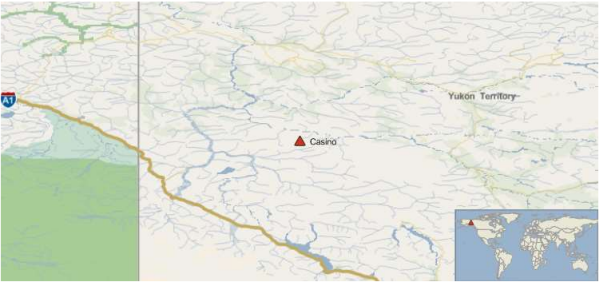
Casino is located in Canada, 192km NW of Whitehorse. Image from IntelligenceMine.
MINING.com: What is the stage of the project?
Paul West-Sells: So we finished the feasibility study in 2013 and we got our permit application submitted about a year and half ago and so we are working our way through permitting.
MINING.com: What is the work you are doing right now?
Paul West-Sells: The key things right now is working through permitting—working through the permitting agencies, the effected First Nations communities.
MINING.com: Can you compare the Casino project to other mines?
Paul West-Sells: It’s a big copper-gold project. If you are looking at British Columbia, you are thinking projects like Highland Valley Copper, Mount Milligan, Red Chris.
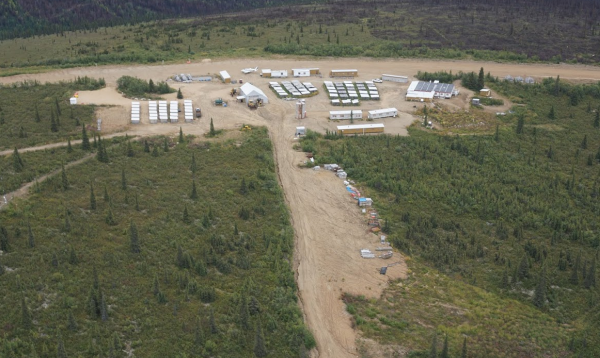
Camp at the Western Copper and Gold’s Casino project.
MINING.com: We are filming on the Yukon River, just a short helicopter ride from the project. How are the logistics?
Paul West-Sells: It’s actually not been to bad. We are on our barge landing here right now. We set up camp and brought up equipment and fuel in and out. Our camp here through this barge landing. We set up camp and brought up fuel in and out through this barge landing, which is about 17 KM from where we are right now.
MINING.com: Can you talk about the management of the company?
Paul West-Sells: Western started in 2006, and we really spun out of the Western Silver acquisition. And Western Silver was acquired for the Penasquito project which was the key project in that company in 2006 for $1.6 billion. Goldcorp then bought out Glamis, and now Penasquito is an important mine in Goldcorp’s portfolio. So that team was led by Dale Corman, the chairman and CEO of Western Copper and Gold. He came over along with a number of the engineering team. We then picked up a company called Lumina Resources. For those of you familiar with the copper space, it is a common name. It is another Ross Beaty copper company. That’s when we got Casino and we have been developing it since 2006.
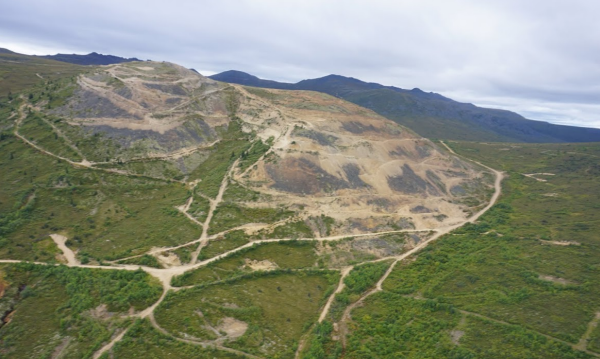
Work on the Casino Project.
MINING.com: This is a remote location. Can you talk about the advantages companies are seeing around LNG?
Paul West-Sells: We identified LNG as a great source of energy for us to generate electricity about five years ago. We have really been developing it and putting together the logistics and the best way to do it. For the Casino project it is looking at bringing in power at about 9.5 cents per KWh so that is a pretty impressive number. It is increasingly becoming the way to go for energy in the north. Within Whitehorse they have just converted some diesel generators to liquified natural gas. We started this idea and people are continuing it on and we are very happy to see that.
MINING.com: Where will the concentrate go when you are operating?
Paul West-Sells: We will produce two concentrates. We will produce a copper-gold concentrate and a molybedenum concentrate. Both of those be trucked from site 560 KM to the Port of Skagway in Alaska. And this is a port that, at one time they were branding as the Yukon’s port because the current operating Minto Mine ships their copper concentrate through it and historically the Ferro Mine shipped concentrate through it as well.
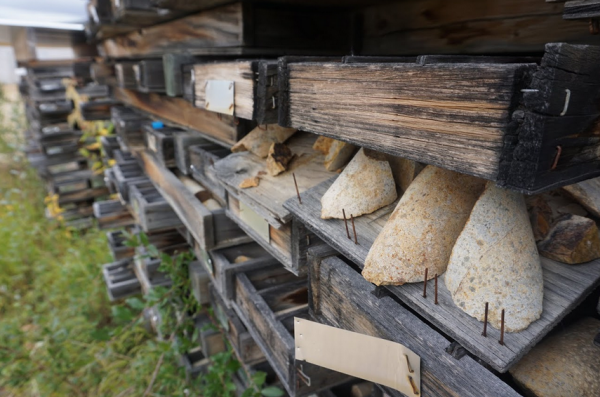
Old core samples near Casino’s camp.
MINING.com: Who are the First Nations in the area?
Paul West-Sells: So the mine is located in the Selkirk First Nation traditional territory. Our road goes through the Little Salmon Carmacks First Nations traditional territory. And our water intake is an overlap between the Selkirk FIrst Nation and Tr’ondëk Hwëch’in. So those are the three First Nations we work with and we have agreements with all three and continue to work with them on that process.
MINING.com: What’s it like working in the Yukon?
Paul West-Sells: I love it. It’s great.
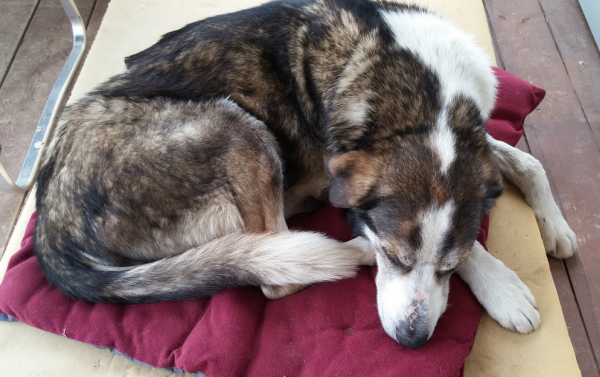
The camp chef’s dog.
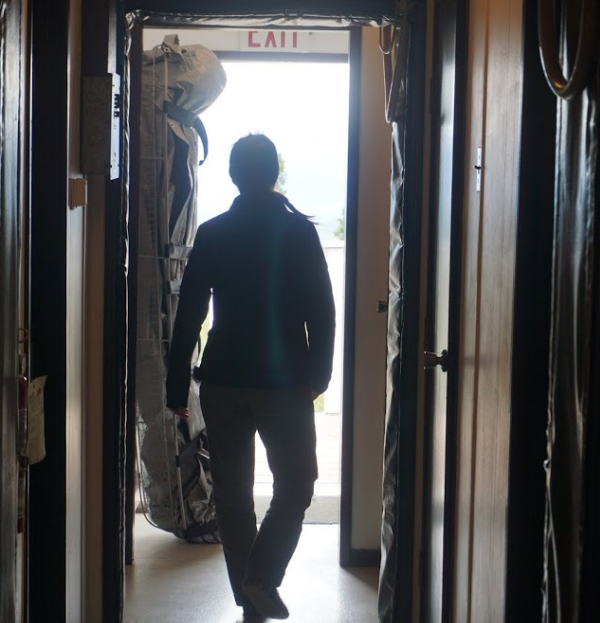
Worker at the Casino project camp.
CORRECTION: Western Copper and Gold provided updated resource and inferred numbers. Figures have been corrected.
Comments
nalunaq
Ferro is actually Faro